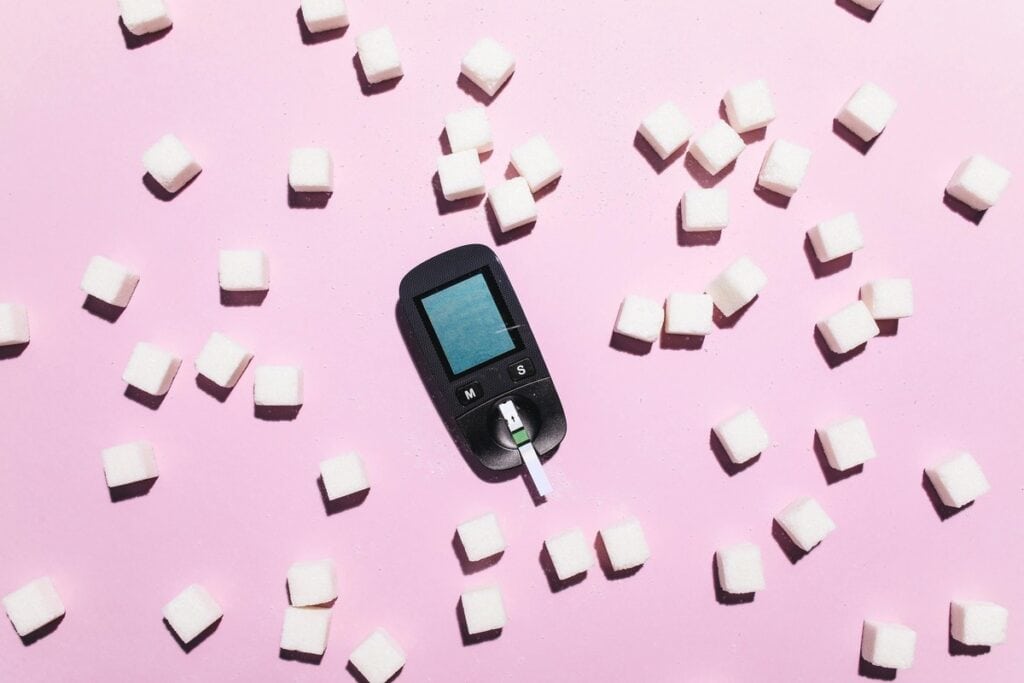
Excess sugar doesn’t just affect your teeth or give you a quick energy crash. One of the most concerning effects is its direct connection to belly fat accumulation — especially for women over 30. This article dives into how sugar drives stubborn fat storage and what you can do to reduce its grip on your waistline.
The Science: Why Sugar Turns Into Belly Fat
When we eat sugar, our body breaks it down into glucose and fructose. While glucose is used for energy or stored in the liver and muscles, fructose is metabolized almost entirely in the liver. When we consume too much, it overwhelms the liver and is turned into fat — especially visceral fat, the kind that wraps around your organs.
Fructose and Insulin Resistance
A high-sugar diet, especially from added sugars (like soft drinks, baked goods, sweetened yogurt), can lead to insulin resistance. When cells stop responding to insulin, your body produces even more of it. This hormonal chaos leads to fat storage in the abdominal area.
According to a study published in the Journal of Clinical Investigation, excess fructose increases visceral fat, liver fat, and insulin resistance, even in healthy adults.
Where Hidden Sugars Lurk
Many women trying to lose belly fat unknowingly consume more sugar than they realize. Sugar hides under names like:
- High fructose corn syrup
- Maltodextrin
- Dextrose
- Cane juice
- Agave nectar
Common Everyday Sources:
- Breakfast cereals and granola
- Flavored yogurt
- Sauces (ketchup, BBQ sauce)
- Protein bars
- Fruit juices
The American Heart Association recommends women limit added sugar intake to no more than 25 grams (6 teaspoons) per day.
How Sugar Affects Hormones and Cravings
Excess sugar not only promotes fat storage but also disrupts appetite-regulating hormones:
- Leptin (the hormone that tells you you’re full) becomes less effective
- Ghrelin (the hunger hormone) increases
- This leads to more hunger, more cravings, and a vicious cycle of overeating
Additionally, high sugar intake spikes cortisol, your stress hormone, which is also tied to increased belly fat.
The Sugar-Belly Connection in Women Over 30
As women age, estrogen and progesterone levels fluctuate, impacting how your body stores fat. High sugar intake magnifies this natural tendency by promoting:
- Greater fat storage around the midsection
- Reduced metabolism due to insulin resistance
- Increased cravings and emotional eating
A study by Harvard T.H. Chan School of Public Health found that sugary beverage consumption was directly associated with increased belly fat over time.
How to Cut Sugar Without Feeling Deprived
Cutting sugar doesn’t mean giving up taste. Here’s how to make it sustainable:
1. Read Labels Carefully
Even “healthy” snacks can be sugar bombs. Choose products with fewer than 5g of sugar per serving.
2. Opt for Natural Sweeteners
Use stevia, monk fruit, or a touch of raw honey instead of refined sugar.
3. Choose Whole Fruits Over Juices
Whole fruits have fiber, which slows sugar absorption and prevents insulin spikes.
4. Balance Your Meals
Every meal should include:
- Protein (to stabilize blood sugar)
- Healthy fats (to keep you full)
- Fiber-rich carbs (to slow digestion and reduce cravings)
5. Limit Sugar-Loaded Beverages
Switch soda and energy drinks with:
- Infused water (lemon, cucumber, mint)
- Herbal teas
- Sparkling water with fruit
Replace, Don’t Restrict
It’s not just about cutting sugar — it’s about replacing it with nutrient-dense alternatives. When your body gets the fuel it needs, your cravings naturally decline.
Here are a few smart swaps:
| Instead of… | Try This… |
|---|---|
| Flavored yogurt | Plain Greek yogurt + berries |
| Sugary cereal | Steel-cut oats + cinnamon |
| Fruit juice | Whole fruit or smoothie with spinach & seeds |
| Candy | 90% dark chocolate or a date with peanut butter |
Results You Can Expect
Once you reduce added sugars, women often report:
- Reduced belly bloating
- Less afternoon energy crashes
- Clearer skin
- More stable mood
- Measurable fat loss within 4–8 weeks
The belly fat may be the last to go, but cutting sugar accelerates overall fat loss, especially when paired with strength training and balanced eating.
Final Thoughts
You don’t need to quit sugar forever — but becoming aware of how much you’re consuming and making intentional swaps can transform your energy, health, and waistline.
Belly fat after 30 is not just about age — it’s about lifestyle. And sugar reduction is one of the most effective, empowering changes you can make today.
Read here : 20 Foods That Help Burn Belly Fat Naturally